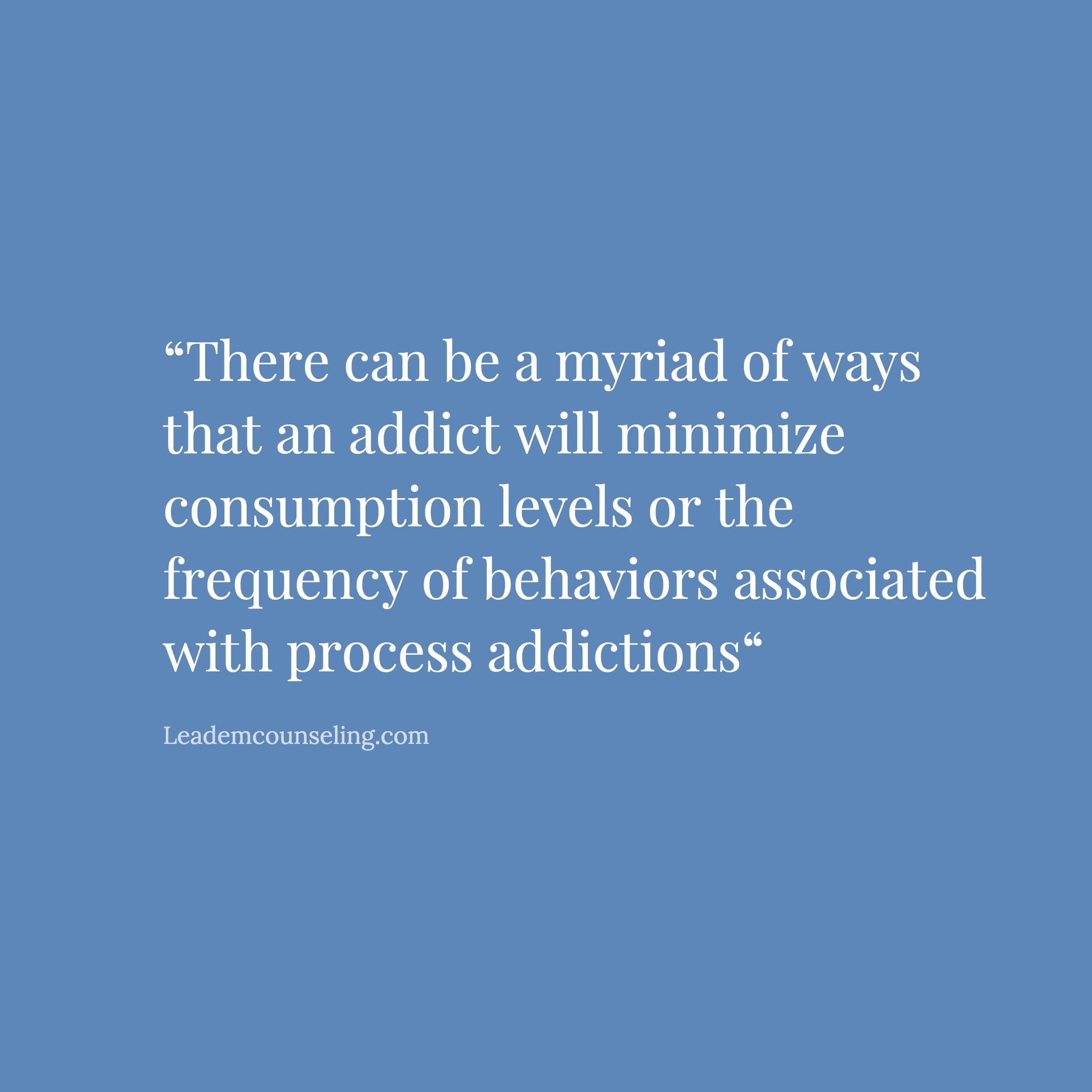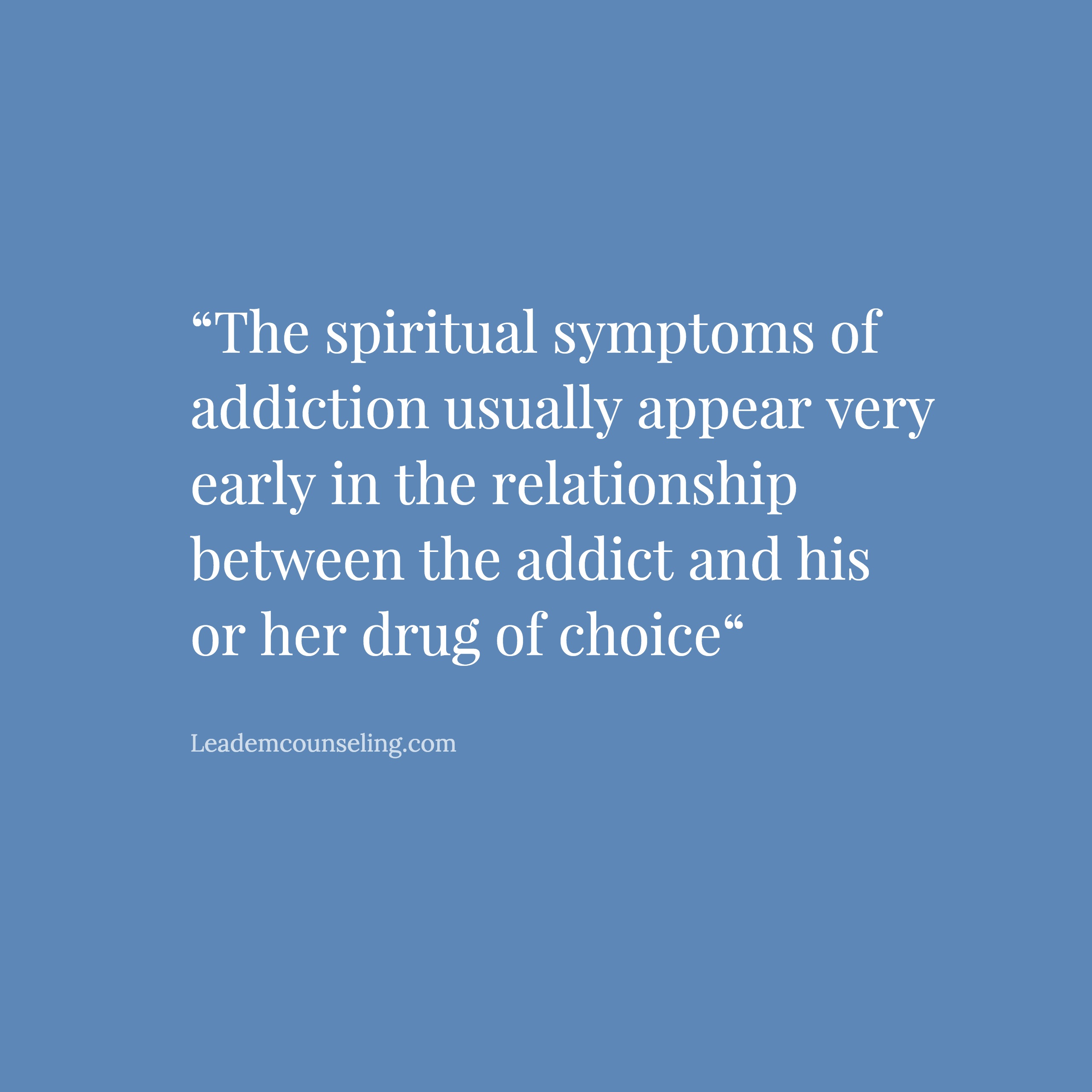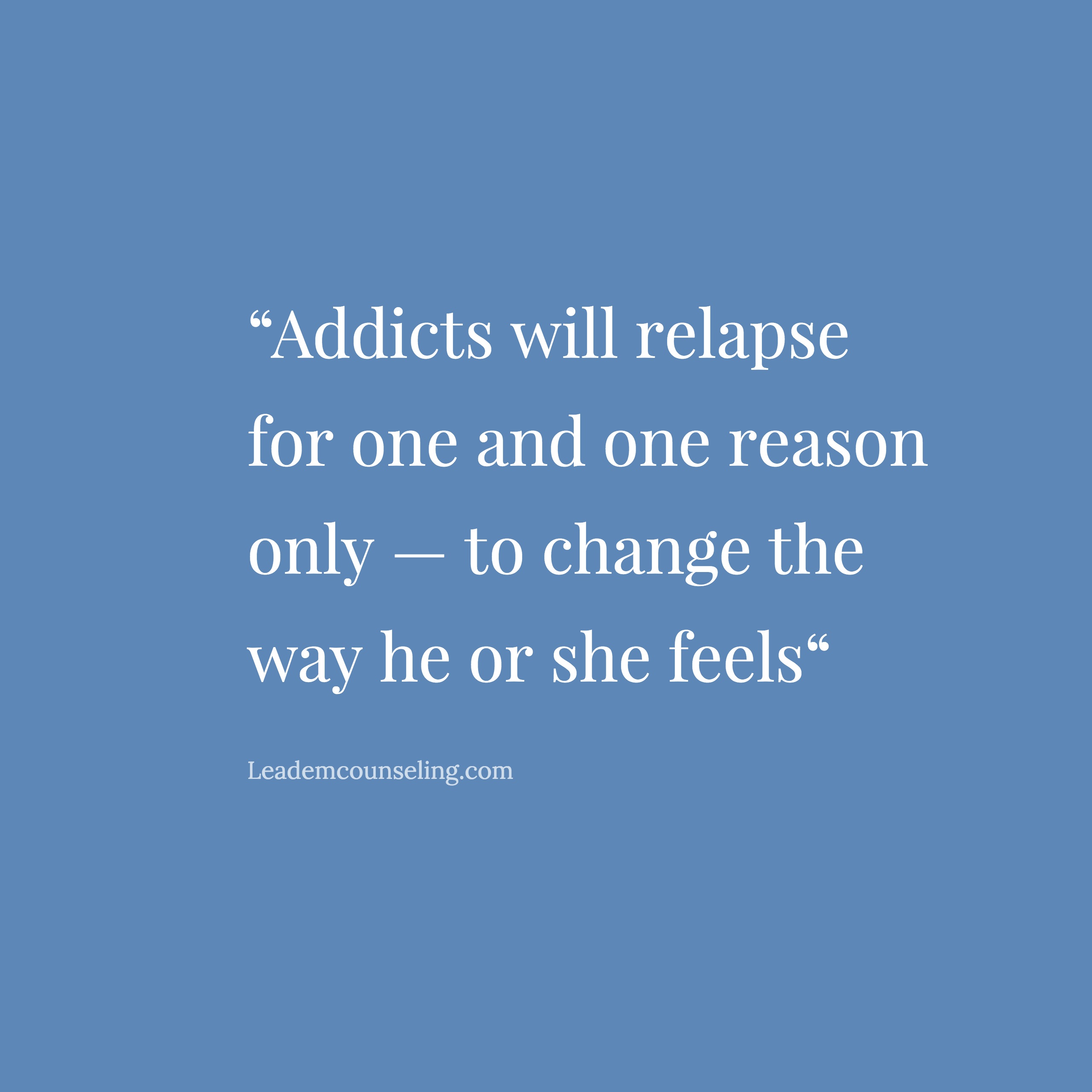Understanding Active Addiction
Understanding active addiction is essential to the recovery process.
 Most people who are looking for a better understanding of the term active addiction are not generally in pursuit of academic wisdom or merely curious. If you want to understand active addiction it is usually in relationship to someone whom you fear to be suffering with an addiction. But before we get to the real question of whether or not you or someone you love is suffering with an addiction let’s get a better understanding of the challenges.
Most people who are looking for a better understanding of the term active addiction are not generally in pursuit of academic wisdom or merely curious. If you want to understand active addiction it is usually in relationship to someone whom you fear to be suffering with an addiction. But before we get to the real question of whether or not you or someone you love is suffering with an addiction let’s get a better understanding of the challenges.
There are many ways to describe active addiction. The first is a comprehensive scientific description by the American Society of Addiction Medicine. The Society introduces “… a primary, chronic disease of brain reward, motivation, memory and related circuitry. Dysfunction in these circuits leads to characteristic biological, psychological, social and spiritual manifestations. This is reflected in an individual pathologically pursuing reward and/or relief by substance use and other behaviors.” It continues by defining the active addiction process as being: “… characterized by inability to consistently abstain, impairment in behavioral control, craving, diminished recognition of significant problems with one’s behaviors and interpersonal relationships, and a dysfunctional emotional response. Like other chronic diseases, addiction often involves cycles of relapse and remission. Without treatment or engagement in recovery activities, addiction is progressive and can result in disability or premature death[1].
How to Identify Active Addiction
 If you study the people in your life whose drug use concerns you and examine them under the microscope which science has provided in the description above, you will understand whether or not an active addiction exists. Unfortunately, the interview process might take a long time and require a great many questions. The diagnostic criteria established by the American Psychiatric Association will provide a very helpful framework for developing your interview questions in their recent publication Diagnostic and statistical Manual of Mental Disorders (DSM – 5), which you can learn more about at their website. But again, there are diagnostic challenges to developing your understanding of active addiction — you must have a willing historian.
If you study the people in your life whose drug use concerns you and examine them under the microscope which science has provided in the description above, you will understand whether or not an active addiction exists. Unfortunately, the interview process might take a long time and require a great many questions. The diagnostic criteria established by the American Psychiatric Association will provide a very helpful framework for developing your interview questions in their recent publication Diagnostic and statistical Manual of Mental Disorders (DSM – 5), which you can learn more about at their website. But again, there are diagnostic challenges to developing your understanding of active addiction — you must have a willing historian.
Let me explain. There are no diagnostic surveys or invasive testing procedures such as blood studies or biopsies that will establish a conclusive diagnosis. For instance, a blood study might hint at how the person’s use of a substance is impacting his or her physical being or whether a declaration of legal intoxication can be determined. But, they can not tell you if someone is suffering with an addiction. All the tools we could recommend would require that you have the person suspected of being an addict present, wanting to know the answer to the question of whether or not the problem is addiction, not previously believing that he or she already knows the answer to the question and willing to respond to questions openly and honestly without attempting to hide anything. Now I am sure you see what the problem is. To truly understand the nature of an addictive process as it may or may not be present in the person you are concerned about he or she will need to be a willing historian of his or her relationship with the “drug of choice”.
There are many reference sources that will suggest what you can look for, but remember that addicts are pretty good at hiding.
Getting Inside of the Addict
The Mayo Clinic website offers symptomatic physical and behavioral indicators to guide you that are listed below for your reference. But first, their working definition describes drug addiction as “ … a disease that affects a person’s brain and behavior and leads to an inability to control the use of a legal or illegal drug or medication.”
While it is a lot less technical then the definition offered above, some have found it easier to understand. The Mayo Clinic website[2] lists the symptoms as:
- Feeling that you have to use the drug regularly — daily or even several times a day
- Having intense urges for the drug that block out any other thoughts
- Over time, needing more of the drug to get the same effect
- Taking larger amounts of the drug over a longer period of time than you intended
- Making certain that you maintain a supply of the drug
- Spending money on the drug, even though you can’t afford it
- Not meeting obligations and work responsibilities, or cutting back on social or recreational activities because of drug use
- Continuing to use the drug, even though you know it’s causing problems in your life or causing you physical or psychological harm
- Doing things to get the drug that you normally wouldn’t do, such as stealing
- Driving or doing other risky activities when you’re under the influence of the drug
- Spending a good deal of time getting the drug, using the drug or recovering from the effects of the drug
- Failing in your attempts to stop using the drug
- Experiencing withdrawal symptoms when you attempt to stop taking the drug
You may be able to identify some or all of these indicators in a person whose well-being has drawn your concern, but they are all subjective and require that the person you suspect is honest and has adequate self-awareness to be able to answer the questions you might frame from the list. The list is great, but you still need to have first-hand testimony from the historian.
Three Areas Addiction Manifests
 If you want another test for determining whether or not your loved one seems to be suffering from a disease of the body, mind, and spirit, as it is understood by many within the 12 Step recovery culture, you can undertake a deep examination of the three critical areas in which addiction appears to manifest itself. We have already suggested that the body will not reveal much on its own unless the addict is deeply concerned and wants to get to the bottom of what is going on. That is not usually the case until organs start to fall into disrepair or withdraw symptoms interfere with his or her ability to function. And even then, there can be a myriad of ways that an addict will minimize consumption levels or the frequency of behaviors associated with process addictions.
If you want another test for determining whether or not your loved one seems to be suffering from a disease of the body, mind, and spirit, as it is understood by many within the 12 Step recovery culture, you can undertake a deep examination of the three critical areas in which addiction appears to manifest itself. We have already suggested that the body will not reveal much on its own unless the addict is deeply concerned and wants to get to the bottom of what is going on. That is not usually the case until organs start to fall into disrepair or withdraw symptoms interfere with his or her ability to function. And even then, there can be a myriad of ways that an addict will minimize consumption levels or the frequency of behaviors associated with process addictions.
My response to a concerned physician’s inquiry into my level of alcohol consumption was part true but mostly false:
MD: “So how much do you drink every day?”
John: “Two fingers worth.” (In the measurement of distilled spirits, two fingers of whiskey referred to the amount of whiskey that would fill a glass to the level of two fingers wrapped around the bottom of the glass.)
MD: “Well, that is not going to be the problem then.” (With a look of confusion on his face because I had pretty bad gastritis.)
John: “You see, I told you I don’t have a drinking problem.” (The good doctor imagined two fingers wrapped around the glass or a shot of whiskey or 1.5 oz. I meant two fingers standing on top of each other which was more than a pint of whiskey — 16 oz.)
This is a cute but unfortunately very true dialogue in which I was sure I had told the truth. It was not long after that I had a bleeding ulcer. You are probably thinking — now he is going to get honest, but no. I just changed physicians.
Then we have an examination of the mind. Now there is a challenge, because the only person who really knows what I am thinking or feeling is me. Again, if I do not want to talk about it you cannot get in. But I, like most addicts, was always willing to engage in a discussion or argument about what the problem was or more accurately who was responsible for the problem. If I was able to successfully engage you in an argument about the reasons why I drank then I had successfully taken the focus off of the question of whether or not my drinking (as one example of a drug) was a problem. If you are not inside of the addict it will be because he or she has got you believing that other people, places and things are responsible for the quality of his or her life. We can spend years on that merry-go-round and most addicts and their families do quite a bit of time going in circles.
And what about the spirit. That is a really great place to look for symptoms but it is probable that you have not started the examination soon enough. The spiritual symptoms of addiction usually appear very early in the relationship between the addict and his or her drug of choice. In my case it was age 13. During my earlier childhood, I had spent many nights promising whomever would listen that “if I ever had a family I would never hurt them by drinking”. I was never going to be like my father. Before my 14th birthday, those pledges had disappeared as if they were written with invisible ink.
Understanding the Addict
I have not been trying to be difficult (perhaps maybe just a bit). I have attempted to communicate that understanding addiction requires that you really get to know the person and what is troubling them. But not why he or she is drinking or gambling or overeating etc. If you can get to know what the addict is using to justify the use of his or her drug of choice you can help them to see if there is a problem. The formula for that process is well outside of the scope of this article but I will offer you two measurements to consider:
- When the use of an addictive substance or engagement in an addictive behavior is causing problems it was intended to lessen then you are probably suffering with an addiction. Again, when the solution to a problem is causing problems and you continue with the solution you are probably an addict.
- When the use of an addictive substance or engagement in an addictive behavior is generating discomfort for you or anyone who cares for you it is likely that you are in trouble and should have a candid conversation about point #1.
If this has not enhanced your understanding of active addiction, my strategy for identifying relapse triggers is not likely to help much either.
Identifying Relapse Triggers
Common triggers of relapse
Governments and public health agencies along with a score of addiction treatment providers have compiled a long list of relapse triggers. One such resource[3] lists:
- Negative emotions that stimulate drug seeking behavior (stress, anger, fear, frustration, guilt, anxiety, depression, loneliness)
- Friends, locations or events that remind the addict of using
- Exposure to drugs of abuse
- Seeing or sensing an object of addiction (e.g. seeing a syringe or watching a beer commercial)
- Social pressures to use
- Positive emotional states (having fun and wanting to feel even better)
- Using other substances (e.g. a recovering heroin addict who continues to drink alcohol is at a higher risk of relapse)
Further Information
 The list is not misleading. All the indicators listed are reasons to be concerned about the increased risk of relapse. The problem with the list is that it is far too short. It should end with etc, etc, etc, etc, …
The list is not misleading. All the indicators listed are reasons to be concerned about the increased risk of relapse. The problem with the list is that it is far too short. It should end with etc, etc, etc, etc, …
Addicts will relapse for one and one reason only — to change the way he or she feels. The feelings or threats that could trigger a relapse process are endless. If you would like to know more about why we hold that position please feel free to contact us or read our publication.
If you would like to know more about what to do once you have established that there is a basis for your concern about you or a loved ones use of addictive substances or process, please read our article on Intervention.
See our book: An Ounce of Prevention: A Course in Relapse Prevention
Related Article(s): Our Model of Relapse Prevention and a Personal Account of Recovery
How to Avoid Relapse? How to Put a Relapse Prevention Technique Into Action
What is Relapse? What is Relapse Prevention?
About the Authors
 Both John and Shawn Leadem are Licensed Clinical Social Workers in private practice in Toms River, New Jersey.
Both John and Shawn Leadem are Licensed Clinical Social Workers in private practice in Toms River, New Jersey.
John has recently celebrated his 45th year in recovery and believes that “service to others is the cornerstone of spiritual maturity.” His professional service to addicted individuals and their families has included the development and direction of addiction treatment services in a full array of modalities from half-way houses to large residential treatment facilities over the past 44 years.
Shawn’s lifelong exposure to the recovery culture and his personal recovery experience has left him with a deep personal empathy for the social and emotional suffering endured by others and a strong faith in a person’s ability to change. He has received his certification as a Sexual Addiction Therapist and as a Multiple Addictions Therapist by the International Institute for Trauma & Addiction Professionals.
Together, John and Shawn have co-authored and brought their unique treatment model of relapse prevention, An Ounce of Prevention: A Course in Relapse Prevention, to residential treatment centers across the United States, they have trained therapists at numerous national and international conferences, and most recently have trained many EAP programs associated with many State Unions.
Copyright, John Leadem & Shawn Leadem, 2017
You are free to copy this article for future reference, to post it on other web sites and to share it with family or friends. If you would like to have permission to include it in a publication of your own you can request written permission by contacting the authors at www.leademcounseling.com.
[1] “American Society of Addiction Medicine.” ASAM Definition of Addiction, www.asam.org/resources/definition-of-addiction
[2] “Drug Addiction (Substance Use Disorder).” Mayo Clinic, Mayo Foundation for Medical Education and Research, 26 Oct. 2017, www.mayoclinic.org/diseases-conditions/drug-addiction/symptoms-causes/syc-20365112
[3] “Relapse Prevention: Know the Triggers and Warning Signs.” AddictionCenter, 14 Sept. 2017, www.addictioncenter.com/community/relapse-prevention-know-the-triggers-and-warning-signs/
[apss-share networks="facebook, twitter, google-plus, pinterest, linkedin" counter="0" total_counter="0" http_count="1"]








No Comments Yet | Post Comment
You can be the first to comment!
Leave a comment